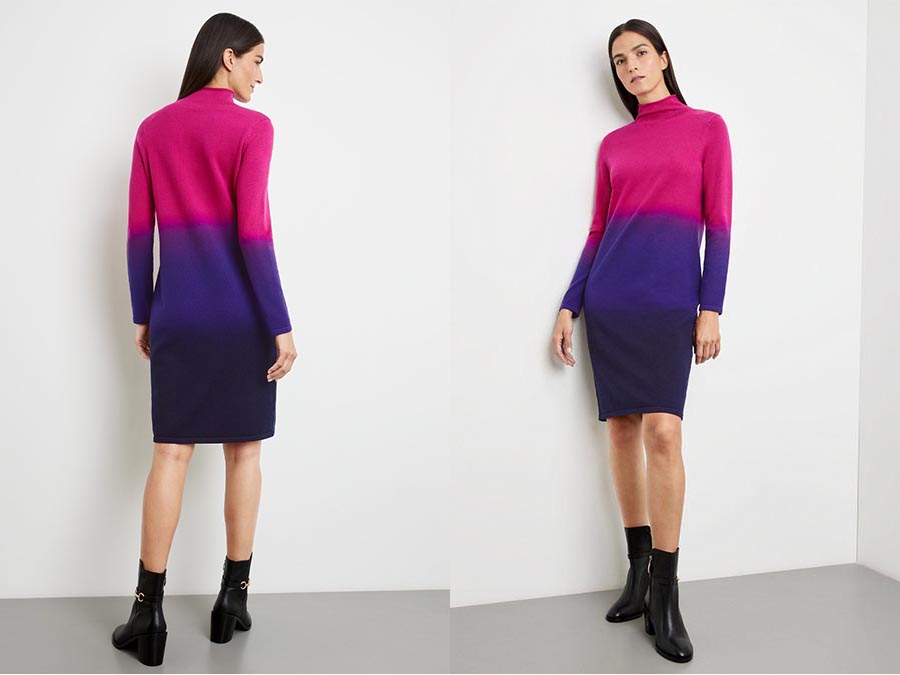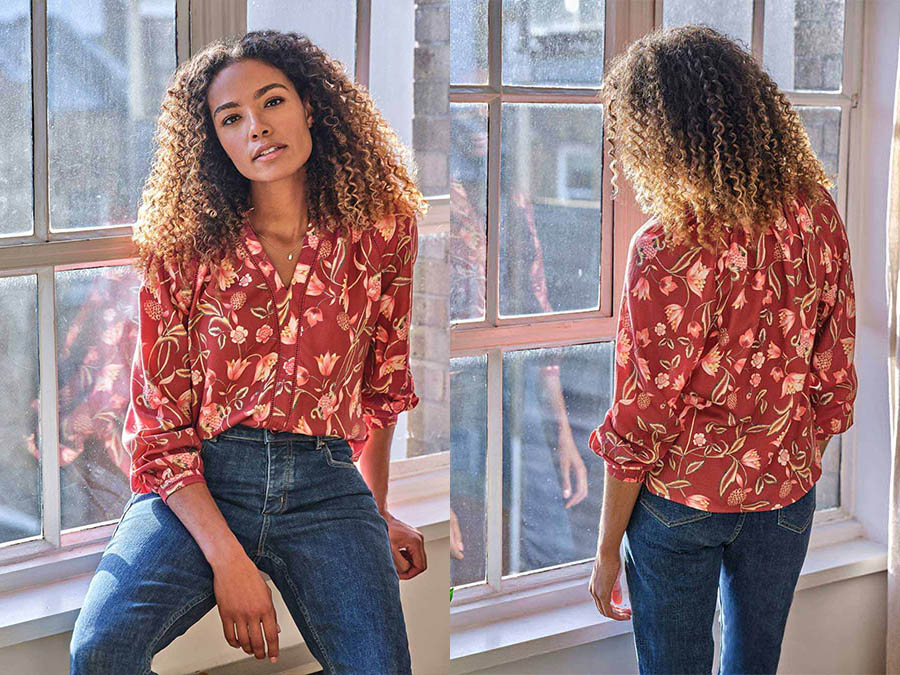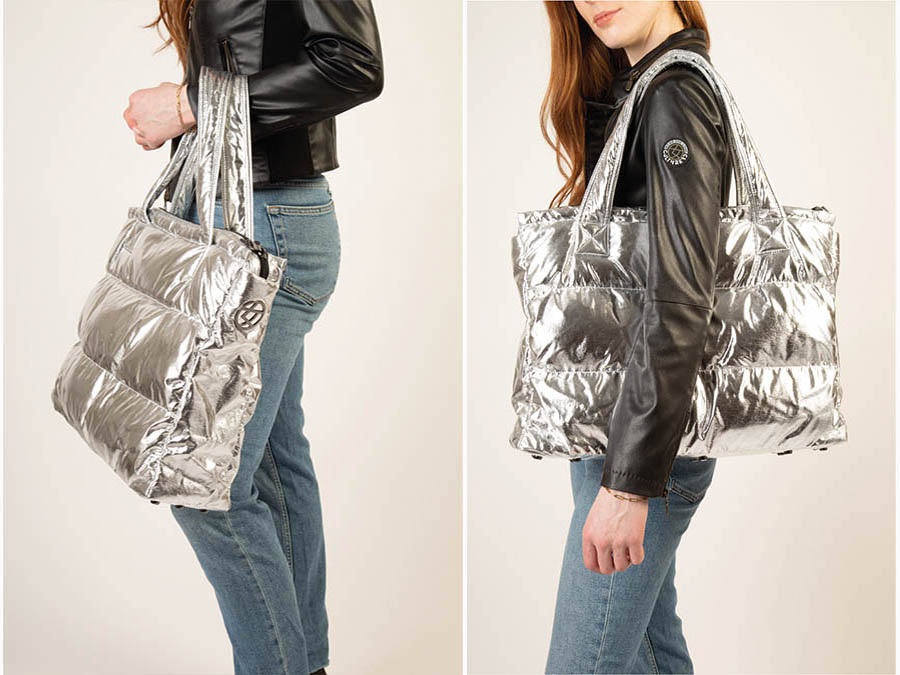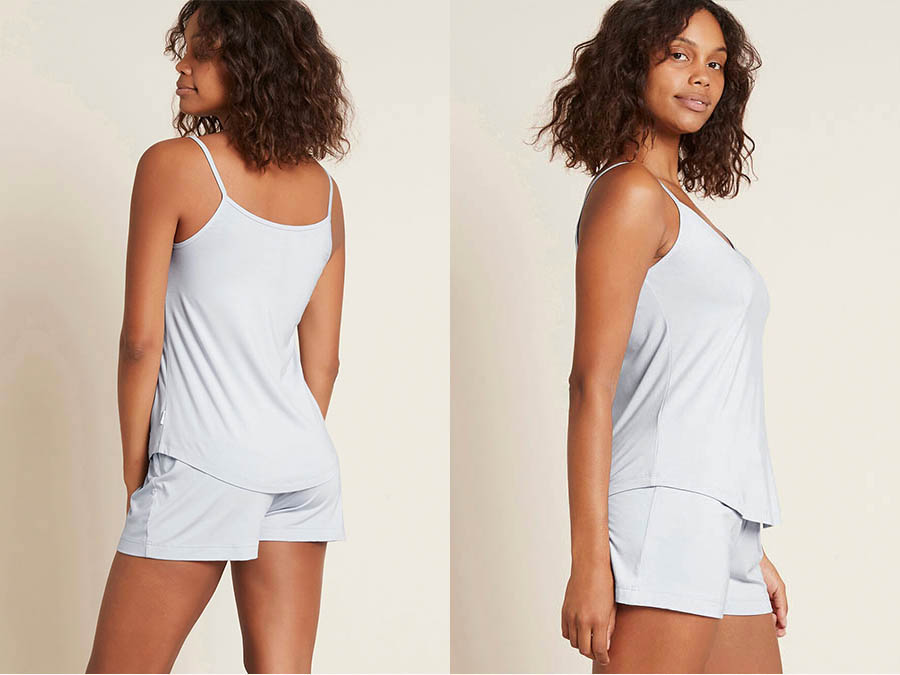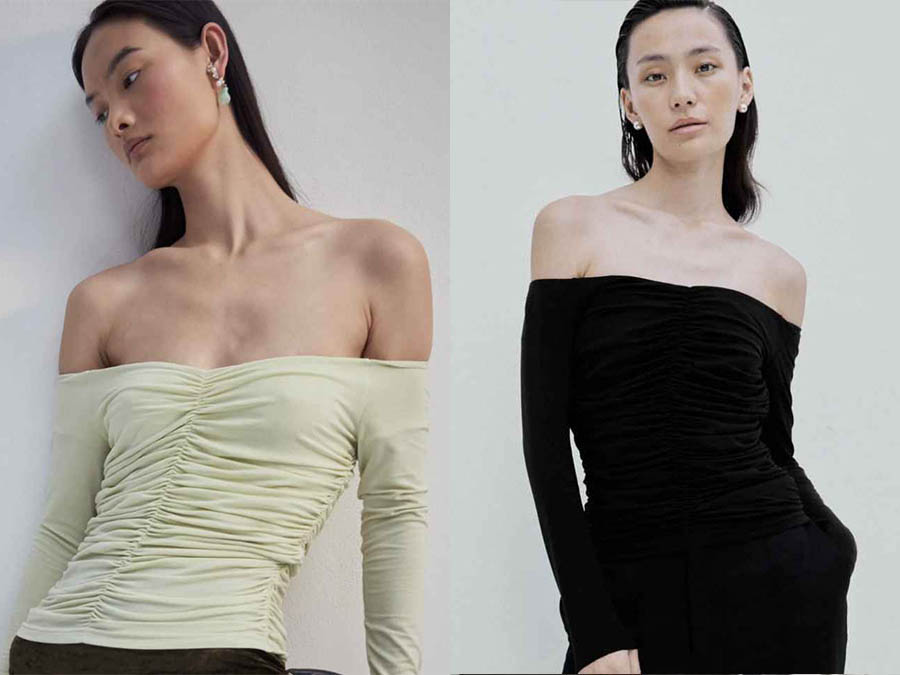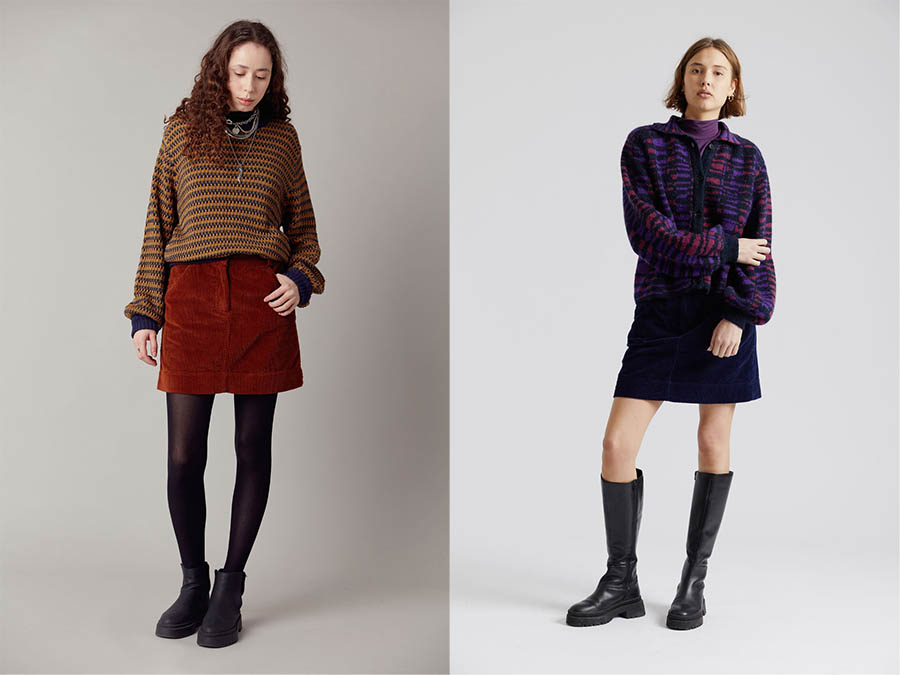Disadvantages of Up-Cycling Fashion
While upcycling is generally considered a sustainable and environmentally friendly practice, there are some potential disadvantages associated with it.
It’s important to note that these disadvantages may not outweigh the overall benefits of upcycling, but they are worth considering.
Here at sustainablefashion.ie, let’s look at some concerns surrounding upcycling your old clothes.
What is Upcycling Fashion?
Upcycling clothes is a creative and environmentally friendly approach to reusing and transforming old or discarded clothing items into new and improved pieces.
Instead of simply discarding old clothes, upcycling involves repurposing them to give them a new life and purpose. This can be done through various creative techniques such as:
1. Redesigning
Modifying the existing garment by altering its shape, size, or style to create a new and unique piece.
2. Embroidery or Appliqué
Adding decorative elements like embroidery, appliqué, or patches to refresh the look of the garment.
3. Dyeing or Printing
Changing the colour of the fabric or adding new patterns through dyeing or printing techniques.
4. Combining Materials
Mixing and matching fabrics from different garments to create a more eclectic and personalized piece.
5. Accessory Creation
Transforming old clothing items into accessories such as scarves, bags, or headbands.
6. Cutting and Sewing
Using the fabric from old clothes to create entirely new garments or fashioning smaller items like pillowcases, dishcloths, or quilts.
7. Adding Details
Enhancing the garment with details like buttons, beads, or lace to give it a fresh and distinctive look.
Upcycling promotes sustainability by reducing waste and minimizing the need for new raw materials.
It also allows individuals to express their creativity and personal style while contributing to a more eco-friendly approach to fashion.
Many people find upcycling to be a fulfilling and rewarding way to engage in sustainable practices and reduce their environmental impact.
What are the Disadvantages of Up-Cycling Fashion?
Now that you have a better understanding of what upcycling old clothes is, let’s take a quick overview of some concerns surrounding upcycling fashion.
1. Quality Concerns
Upcycled clothing may not always match the quality of new, commercially produced items. The materials used in upcycling might have wear and tear, leading to a finished product that may not be as durable or long-lasting as newly manufactured goods.
2. Limited Scalability
Upcycling is often done on a smaller scale and may not be easily scalable to meet large-scale production demands. This limitation could impact the availability of upcycled products in the market.
3. Inconsistency in Supply
The availability of suitable materials for upcycling can be inconsistent. This unpredictability can affect the ability to consistently produce upcycled products, especially if the source materials are scarce or variable.
4. Labor Intensive
Upcycling can be a labour-intensive process, especially if it involves intricate craftsmanship or manual labour. This can make upcycled products more expensive or less competitive in terms of pricing compared to mass-produced items.
5. Design Limitations
The design options for upcycled products can be constrained by the nature of the available materials.
Designers may face limitations in creating certain shapes, colours, or functionalities due to the characteristics of the upcycled materials.
6. Perception and Market Challenges
Some consumers may still perceive upcycled products as inferior or less desirable compared to brand-new items.
Overcoming these perceptions and establishing a market for upcycled goods can be a challenge.
7. Environmental Impact of Transportation
If the materials used in upcycling are sourced from distant locations, the environmental benefits of upcycling may be offset by the carbon footprint associated with transporting these materials
8. Limited Material Compatibility
Not all materials can be easily upcycled, and some may require complex processes or technologies to repurpose. This limitation can restrict the range of materials that can be used in upcycling projects.
And Finally
It’s important to consider these disadvantages in the context of the broader environmental and sustainability goals.
Despite these challenges, upcycling remains an important practice in reducing waste, promoting creativity, and contributing to a more sustainable and circular economy.
One good example of positive results in using repurposed material in making clothing is this stylish sustainable knitted dress from Gerry Weber fashion house.

